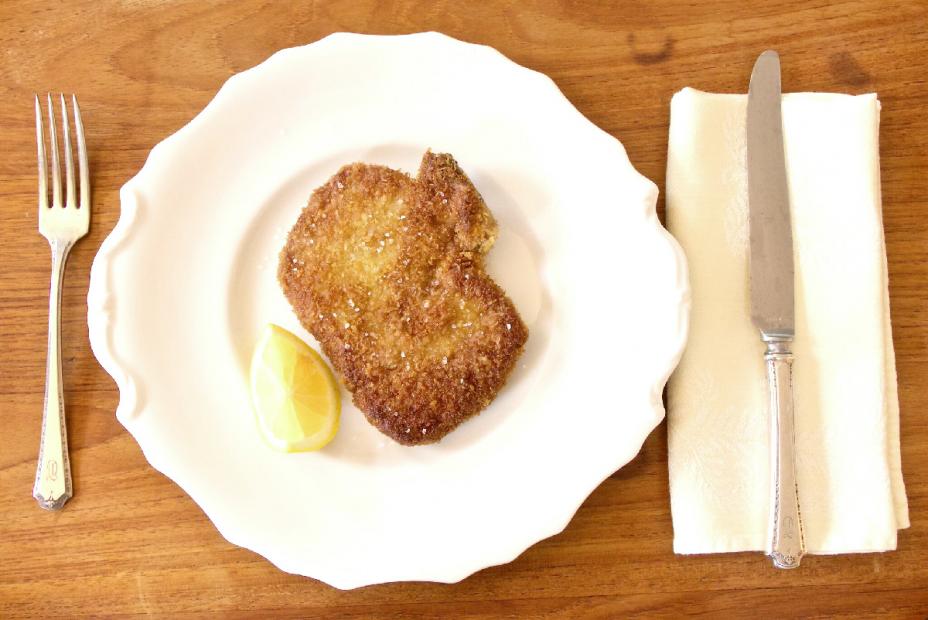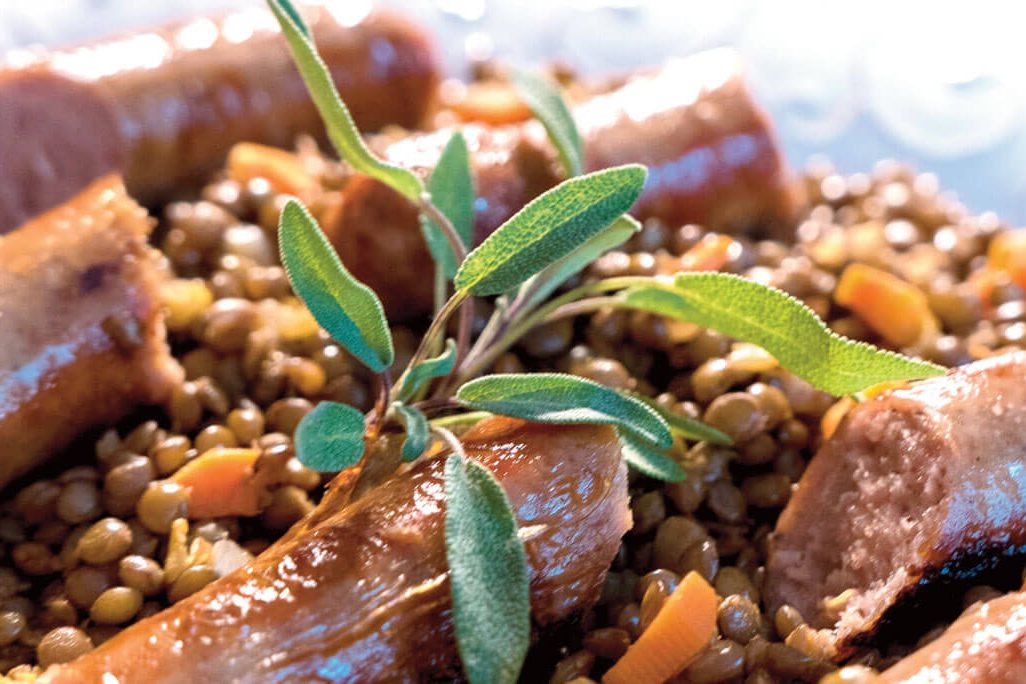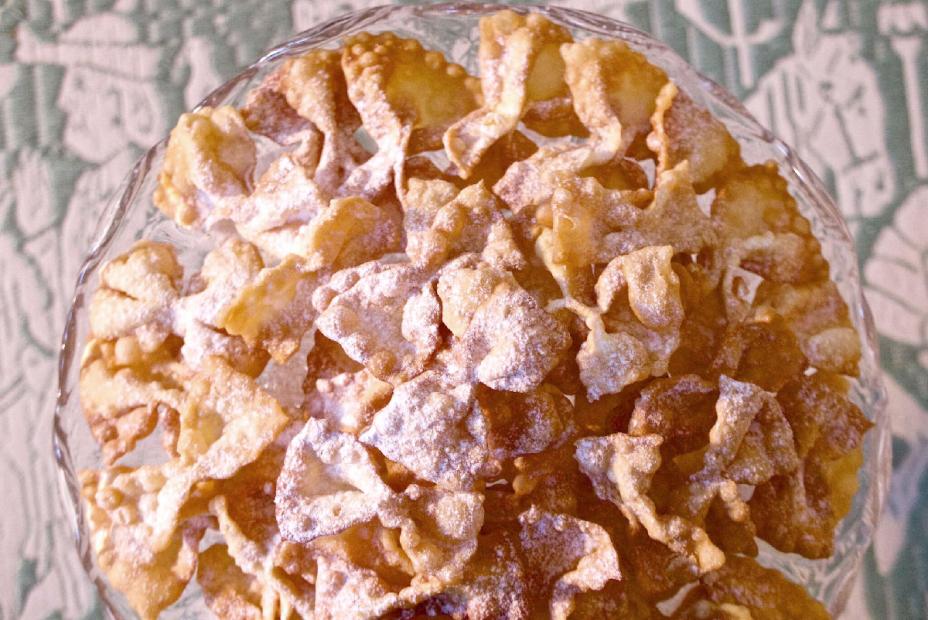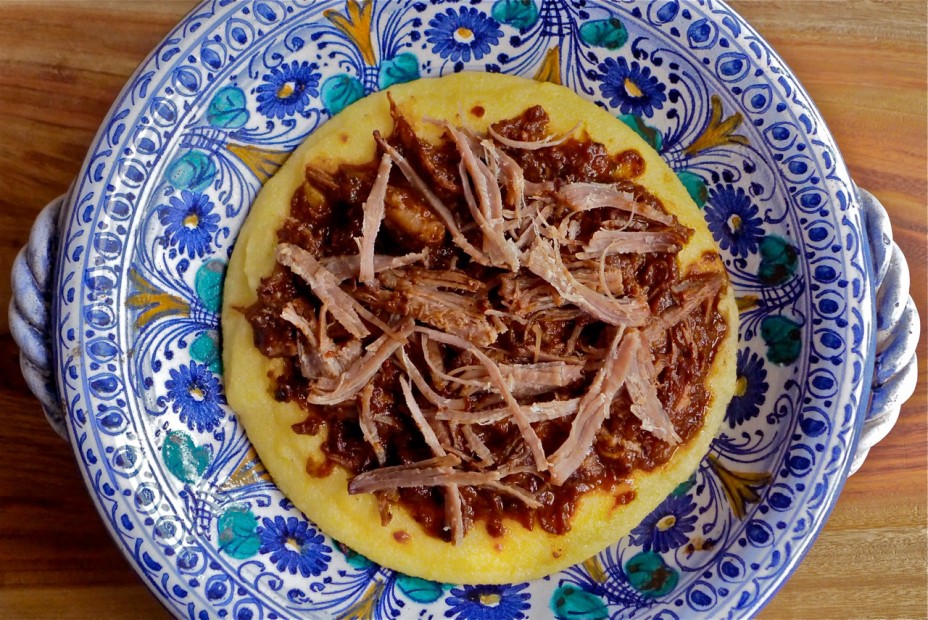Once a year, on January 17, Rosario Scarpato, Neapolitan-born gastronome, writer, and television producer makes a global appeal for the preservation of genuine Italian cooking. The adventure, dubbed International Day of Italian Cuisine (IDIC) began in 2008 with a plea to Italian chefs around the world to take up the cause for the real spaghetti alla carbonara. Since then, a different “endangered” recipe has been codified and celebrated every year, from tiramisù to ragù alla bolognese to eggplant alla parmigiana.
The idea was hatched, Scarpato says, when he had finally had more than he could stomach of faux Italian food and imitation Italian products. “People all over the world are cooking Italian cuisine and yet they are not cooking Italian cuisine. IDIC aims at protecting…the right of worldwide consumers to get true Italian cooking when they go to eateries labelled as Italian.”
This year, the firebrand is carrying the torch of costolette alla milanese, breaded milk-fed bone-in veal chops fried in clarified butter, one of Milan’s most delicious native specialties, and one of its most bastardized. As native Italians know only too well, outside of Italy, the dish is often something else entirely. “[IDIC] is about establishing some basic principles. When the name of a traditional Italian dish is used,” he says, “that dish should be prepared in the traditional manner.”
On the assigned day when “La Milanese” was celebrated, world-renowned chefs and food writers convened in the costoletta’s birthplace, Milan, where Scarpato led a competition for the best rendition of the golden chop. In a cook-off that was broadcast to followers who watched via video connection in some 1,000 restaurants in 75 countries, a team of acclaimed Italian chefs battled in situ for first place while hundreds of others participated in their own restaurants from New York to Singapore, Dubai to Hong Kong to other far-flung places.
Origins of Costolette alla Milanese
While the cooking technique of breading and frying has a long history in Italy, the belief that eating sunny-colored food promoted good health was inseparable from the medieval notion that gold was a magical substance. Royal households coated food with a dusting of the precious metal as a remedy for heart ailments upon the advice of their doctors, while the rabble resorted to dipping their food in egg and breadcrumbs before frying it in butter, which at least gave it the cast of gold.
Lombos cum panitio, breaded rib chops, appear as one of nine courses on a banquet menu in the year 1134 for the festival of San Satiro in Milan, placing the dish on Lombardian turf some six hundred years before the Habsburgs were throwing their weight around the region. So much for the argument that Vienna’s Wiener schnitzel came first.
A later reference to egg-and-breadcrumb encrusted veal rib as we know it today appears in a Milanese-Italian dictionary written by Francesco Cherubini published in 1814. Called “cutelèta” in the dialect, it refers to the rib meat—essentially prime rib or “rib eye”—of a very young calf, even if the Italian translation, cotolette, “cutlets,” has come to mean a slice of meat typically taken from the leg of the animal. Who says the Italians are ever consistent?
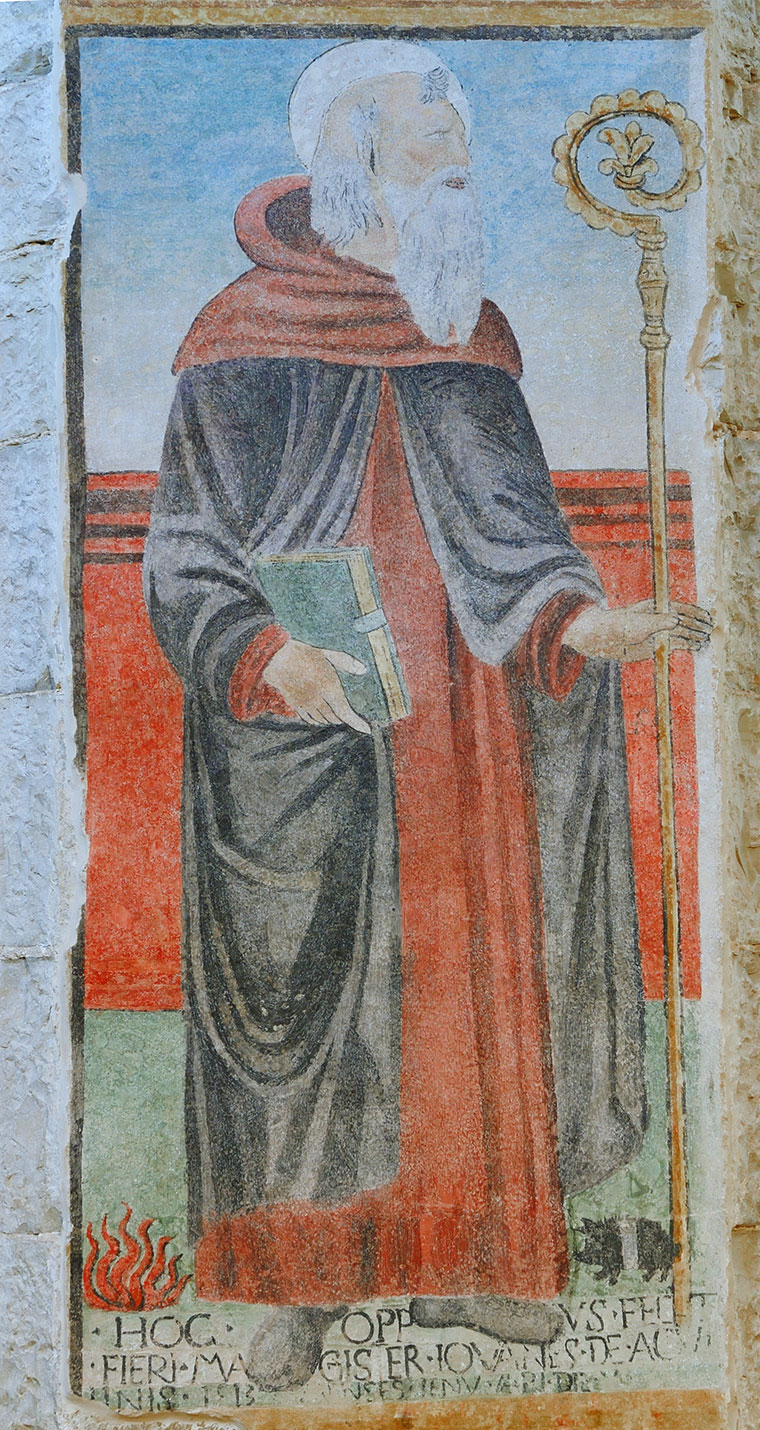
Symbolic Day for the Salvation of Italian Cooking
The International Day of Italian Cuisine (IDIC) always takes place on January 17, says Scarpato, because it is the feast day of Saint Anthony Abate (Anthony the Abbot), patron saint of butchers and salumi makers (as well as grave diggers and basket-makers). It is also the first day of carnevale, one day out of 365 when, according to ancient custom, licit insanire, “anything goes.”
What Is The Real Thing?
The word costoletta comes from the Italian costa, meaning “rib.” Genuine costolette alla milanese are made using milk-fed Italian veal rib from a calf weighing no more than 125 pounds. American calves butchered at the same age (14-17 weeks) range from 250 to 325 pounds, making the standard rib chops thick in comparison. Each rib should be sliced horizontally into two chops half an inch thick, one that remains on the bone, giving it the appearance of a handle, the other that does not.
Costolette alla milanese
Veal Chops alla Milanese
For 4 people
Rib chops are typically sold with surrounding fat still attached, which ensures juiciness during grilling, but the fat must be trimmed for frying to prevent it from melting and interfering with the butter.
Remove the tail end of the chop (save it for stock), leaving the round “eye.” Split it into two thinner chops. You will want one of these to remain attached to the bone, while the other will be a more uniform round “eye” of meat. If you like your costolette super-thin for more surface crunch, pound them thinner, making sure to leave the bone connected to the meat where it is attached.
As for cooking the costolette, because the milk solids in butter will cause it to burn when used for frying, you will need to clarify it first. This is a simple process of melting the butter and passing it through a cheesecloth-lined sieve to strain out the solids. Be sure to use unsalted butter.
• 1-1/2 cups (125 grams) unflavored, fresh breadcrumbs
• 8 ounces (1 cup) unsalted butter to yield 6 ounces
• (3/4 cup) clarified butter
• 4 rib-eye veal chops about 7-8 ounces each
• 2 eggs
• 1 lemon, cut into quarters
• coarse sea salt
1. Spread out the breadcrumbs on a sheet pan or cookie sheet and bake them in a preheated 250-degree F oven until they are lightly colored, 7-9 minutes. Set them aside.
2. Melt the butter over low heat until it is liquid and simmer until the foam rises to the surface. Skim the solids from the surface and pass the liquid through a cheesecloth-lined strainer to filter out any that remain.
3. Pat the veal chops well with paper towels until the surface is dry.
Trim off as much fat as you can along with any connective tissue.
4. Crack the eggs in a bowl and beat.
5. Using a meat mallet to pound each chop to the thickness you want. Blot with paper towel once again.
6. Dip the prepared chops in the beaten egg, letting any excess egg drip off before placing in the breadcrumbs. Coat the meat entirely, pressing the surface for better adherence of the breadcrumbs to the meat. Place them on a rack in a refrigerator for 30 minutes or up to 3 hours; this ensures better adherence of the coating to the meat surface as well.
7. Select a skillet large enough to accommodate the chops with plenty of room around each. Alternatively, fry the meat in two batches. Warm the clarified butter in a skillet over medium heat until it is hot enough to make the end of one of the chops sizzle when you test it. When the butter is hot enough, slip the chops into the pan and cook them with your full attention without moving them until the surface is golden brown, about 3-4 minutes, adjusting the heat if the coating seems to be darkening too quickly. Turn the chops once and continue frying until cooked through, about 3 minutes per side.
8. Transfer the costolette to a wire rack in a 200 degree F oven to rest until all the chops are cooked.
9. Season with sea salt and at once with a wedge of lemon.
Julia della Croce is a food writer and James Beard award-winning cookbook author and recipe developer based in New York. She is presently incubating a book about her family’s ancestral region, Sardegna. Visit her website, www.juliadellacroce.com and blog, http://juliadellacroce.com/forktales1/, connect on Facebook: Julia della Croce – chef & foodwriter, Twitter: @juliadellacroce and Instagram: juliadellacroce.
